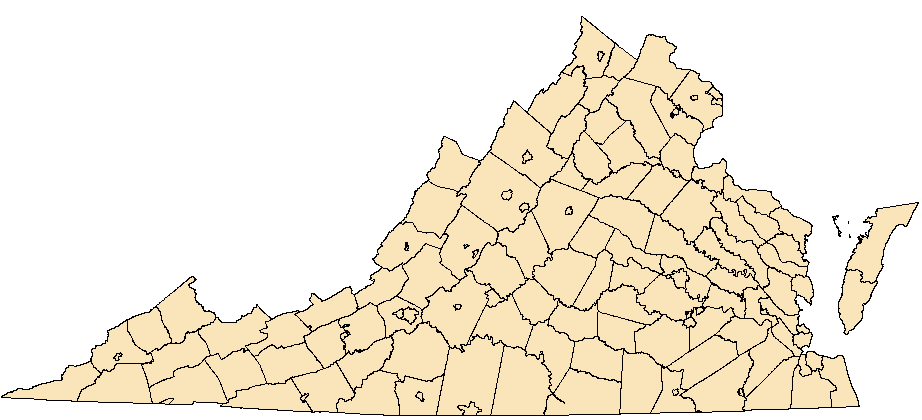Catocala relicta Walker, [1858]
White Underwing
NatureServe Global Rank: G5
Virginia State Rank: S2
VA DGIF Tier: None
Federal Legal Status: None
Virginia Legal Status: None
Description: The gray, blackish-and-white cryptic pattern of the forewing provides a perfect camouflage when this moth perches on the pale bark of birch trees and aspen. Adult moths choose light colored surfaces on which to hide. There is considerable variation of black/white concentrations on the forewings. It is the only Catocala that has a white stripe across its black hindwing. Wingspan is 70-80 mm. Other common names are Forsaken Underwing and The Relict.
Similar species: The White Underwing is quite distinct among Underwing species by having both the lighter colored pattern on the front wing and the single white line on the back wing. It should not be confused with any other species.
North American Range: Relicta ranges across Southern Canada and all the forty-eight contiguous states except Texas, Louisiana, Mississippi, Alabama, Florida, South Carolina, and North Carolina.
VA Observations by Locality: Montgomery | Rockingham | Staunton, City of | Rockingham





Flight season and broods: June through October with most sightings in August and September.
Habitat and Food Plants: Preferred habitat is mature hardwood and mixed wood forests, in particular aspen forests. White/paper Birch(Betula papyrifera), White Poplar (Populus alba); Shagbark hickory (Carya ovate), Eastern Cottonwood (Populus deltoids), Lombardy Poplar (Populus nigra), Oak (Quercus sp.), and Willow (Salix).
Behavior and Ecology: Eggs are like tiny, round, blackish-gray pincushions and are deposited on tree bark in the fall. Larvae hatch in May and are solitary feeders. They are greenish-gray in color with brown, coarsely-textured heads. Adults eclose from pupae at soil surface. They are nocturnal and come to lights, but they are best collected using sugar baits.
Population trend and potential threats: Population status and threat information are unknown.
Management practices: Management practices are difficult to assess until more is known about potential threats and its life history.
References: Covell, C.V., Jr. 1984. Peterson Field Guides: Eastern Moths. Houghton Mifflin Company, Boston, MA. 496pp.
Moth Photographers Group at the Mississippi Entomological Museum at Mississippi State University. Web application at: http://mothphotographersgroup.msstate.edu/large_map.php?hodges=8803 Accessed: 13 Apr2013
http://www.butterfliesandmoths.org/species/Catocala-relicta
http://www.silkmoths.bizland.com/catrelicta.htm
http://www.bio.umass.edu/biology/kunkel/catocala.html
Virginia Department of Conservation and Recreation, Natural Heritage Program, 600 E. Main St., 24th Floor, Richmond, VA 23219
This atlas was compiled
by the VA Natural Heritage Program with funds provided by the VA Dept. of Game and Inland Fisheries through a state wildlife grant
from U.S. Fish and Wildlife Service
Questions/Comments? Check the contacts page |
Internet Privacy Policy Statement
Last Modified: Friday, 26 February 2021, 03:21:56 PM